It’s graduation season around here, so I tell my own story of a failure to get a degree — which includes how I found inspiration in an exhibit at the Met Museum of Art in 2001 to help me decide to make a big change in my life and move onto something else. It’s a weird piece of advice for grads, I know, but hey — give people something different. I talk about sunk costs, opportunity cost, and constrained optimization as well.
Episode Links
Candace Wheeler
The Stepping Stone, August 2016: “Leadership Inspiration: Candace Wheeler— Bringing Beauty and Work to Women”
Wheeler was a creator, a business-builder, a network-weaver— someone who spread beauty and knowledge that gave others the ability to create for themselves. I see her inspiration as a person whose influence was felt on multiple levels in different roles; one can lead by creating art and then showing others how to create for themselves. I always think of her when I am writing about beautiful spreadsheets.
The Textile Eye: Happy Birthday to Candace Wheeler, the “Mother” of Interior Design!
March 24 and March 27, 1827, are both cited as Candace Wheeler’s birthday, so we get to celebrate twice! She grew up on a farm in Delhi, New York with her seven siblings. Wheeler’s life went through dramatic transformation: her early years were “a hundred years behind the time” in a strict Presbyterian household, but her latter years were spent in jazz-age New York City after decades of being “working woman”, paving the way for women in design.
The product of Civil War and financial uncertainty, Wheeler viewed economic power as women’s most immediate need, becoming an early feminist leader. Her success as a leader drew strength from her friendships with well-known painters and designers, a supportive husband, well-to-do brothers, and her drive. She created a substantial career for herself as a designer of textiles and interiors and as a teacher, lecturer, and author.
Wheeler had a distinctly American style of pattern design, with colors and motifs modeled on American flowers and responding to the qualities of American light. She believed in creating beautiful things, but also that they had to be affordable and practical for the middle class.
Met Museum of Art
Candace Wheeler: The Art and Enterprise of American Design, 1875–1900
You can read the exhibit book for free online, as the book is out of print. (I bought a physical copy at a library sale.)
Irises panel by Wheeler - one of the pieces she made with her new firm, Associated Artists after she left her partnership with Tiffany
Thistle textile - by Tiffany & Wheeler company. Not sure who the actual designer is, but you can see the type of design

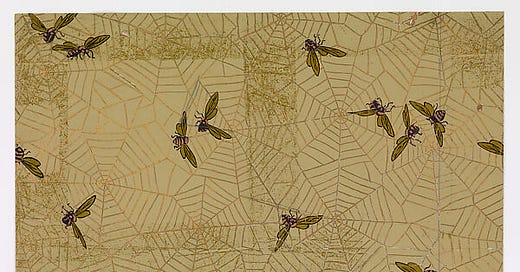



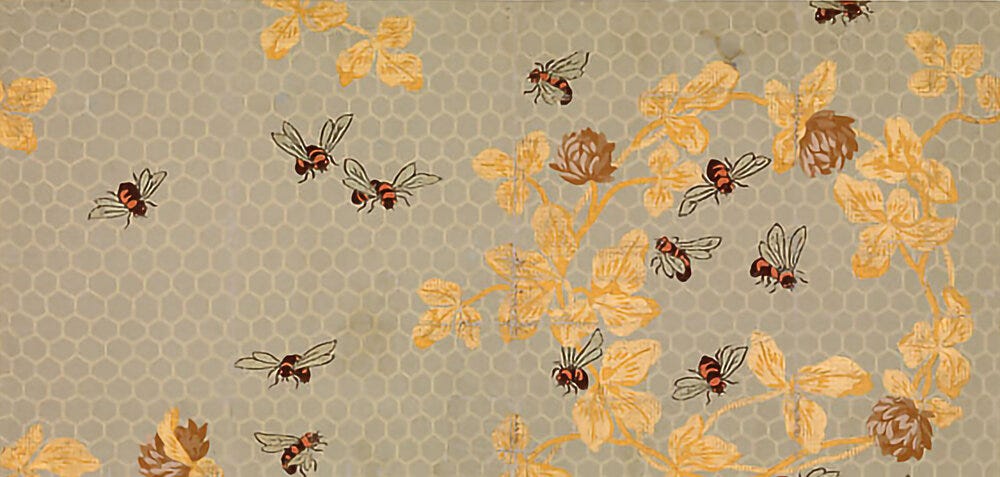
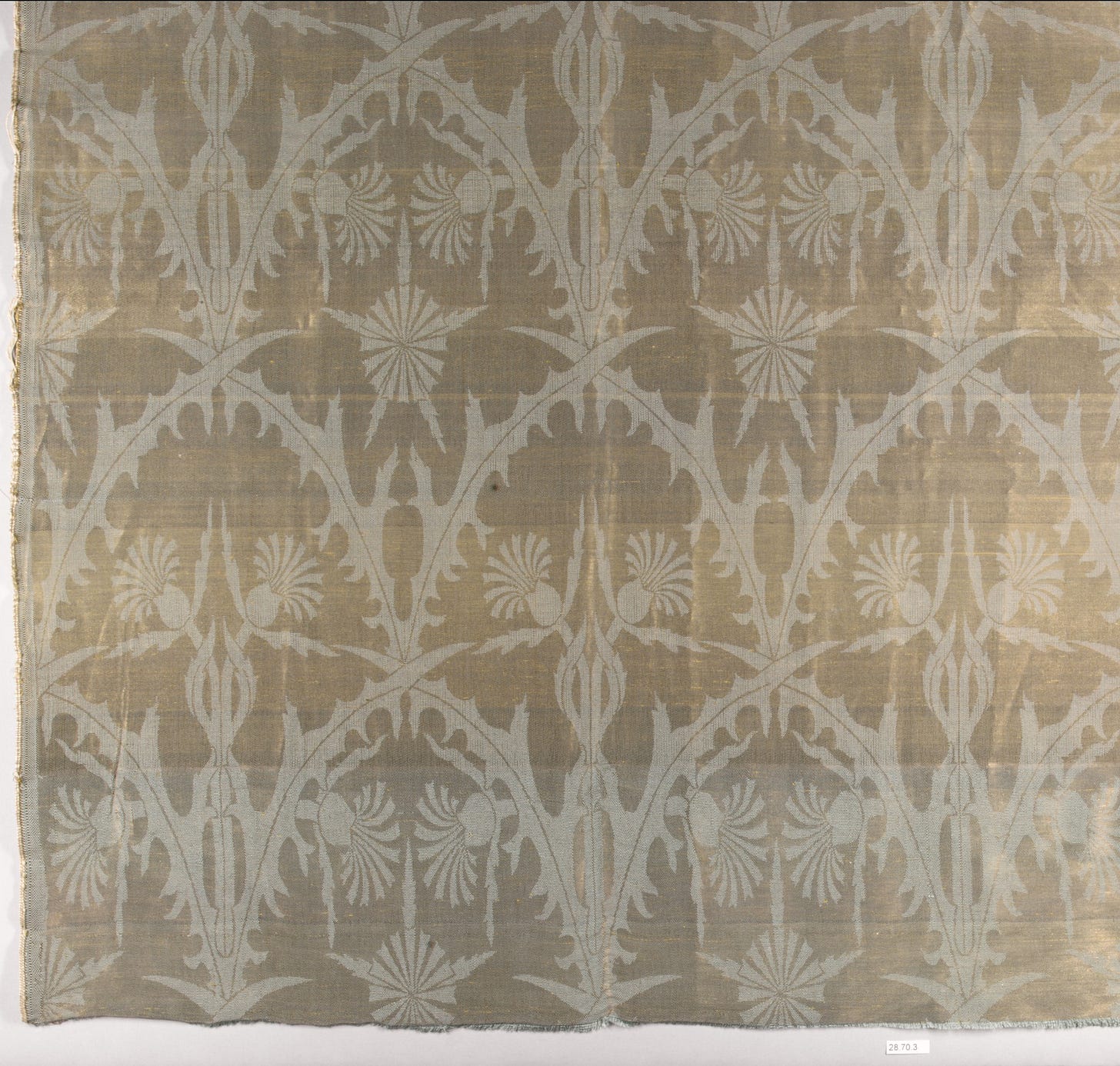



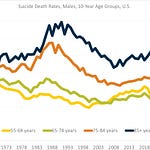


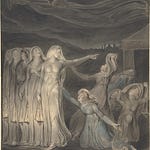


Share this post